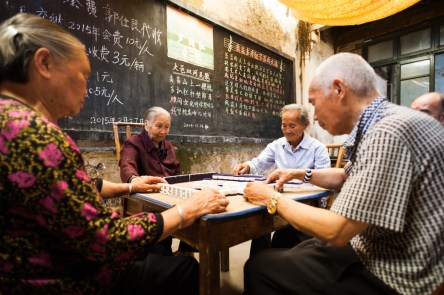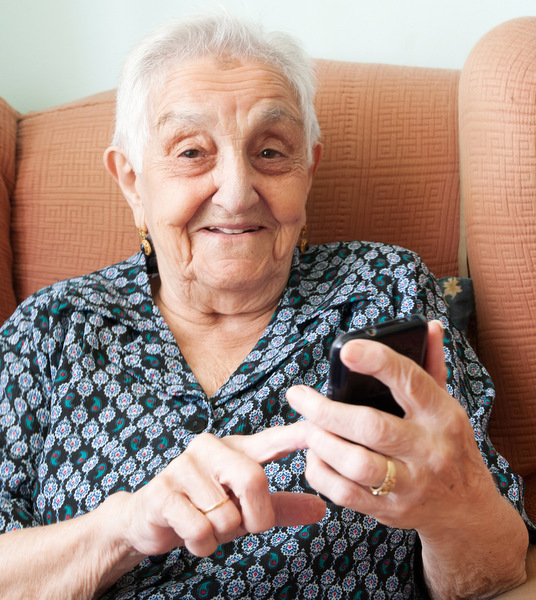In the U.S., the impending wave of aging baby boomers has sparked a cultural shift in senior living industry, inspiring thousands of new projects and products. But what about the rest of the world? According to United Nations Population Fund (UNFPA) report Aging in the 21st Century, “the population of people over 60 will reach 1 billion within the decade.” Even more eye-popping, 80% of the world’s seniors will live in developing countries. As the UNFPA explains, “While the trend of aging societies is a cause for celebration, it also presents huge challenges as it requires completely new approaches to health care, retirement, living arrangements and intergenerational relations.” “People everywhere must age with dignity and security.” Exporting Strategies Stateside, senior living providers have already begun to plan for the impact of millions of seniors by offering new alternatives and greater options in an effort to woo future residents. However, even more tantalizing than the millions of U.S. senior citizens poised to enter retirement are the hundreds of millions of Chinese and Indian citizens who will soon turn 65. As Forbes contributor Benjamin Shobert points out in a recent piece for the New York Times, U.S. senior living providers are perfectly positioned to capitalize on the rise of the international senior population. “With the realization that we are all living longer in mind, now is the time for American and European senior living companies to begin laying the groundwork for the globalization of senior living.” Looking East For Shobert, China and India top the list of potential markets ripe for western-style senior living offerings. By 2050, the number of Chinese citizens over 65 years in age will number well above the entire U.S. population. In consideration of this expected demographic explosion, U.S. senior care companies...
Tech for Senior Care
Monitoring and Medical
Statistics show that over 95 percent of the people over 75 years of age prefer to stay at home rather than move to assisted living residences or nursing homes. It’s a perfectly natural desire to remain independent, but for their children this translates into a source of worry – that they may fall, forget to take their meds, or simply just need assistance day to day. In recent years, technology has provided new options to adult children and their parents, revolutionizing the opportunity to stay at home, safely. The new technologies, although still a young industry, not only reduce worries, but enhance family relationships and reduce costs. These technologies vary from very basic to sophisticated. The technology in development can be broken down into two camps: one for monitoring and surveillance with electronic devices keeping track of a person’s medical condition, and automatically alert health care staff when intervention is required. Sensors are also used throughout the home and will alert the designated person if, for instance, someone has not left the bathroom after a certain period of time, a sign that something may have gone wrong. Philips Lifeline is a monitoring system with a basic set of features: in case of emergency, users push the button of a pendant they wear on themselves, thus alerting the Lifeline call center. An operator calls on a speakerphone to check on the problem and if no one answers caregivers and emergency medical personnel will be announced. The system has a fall-detection feature that contacts the call center immediately once a fall is detected. MedMinder is a medication management system that acts like a computerized pillbox. It doses the different medications the user needs to take on a daily basis and when the time comes to take...


